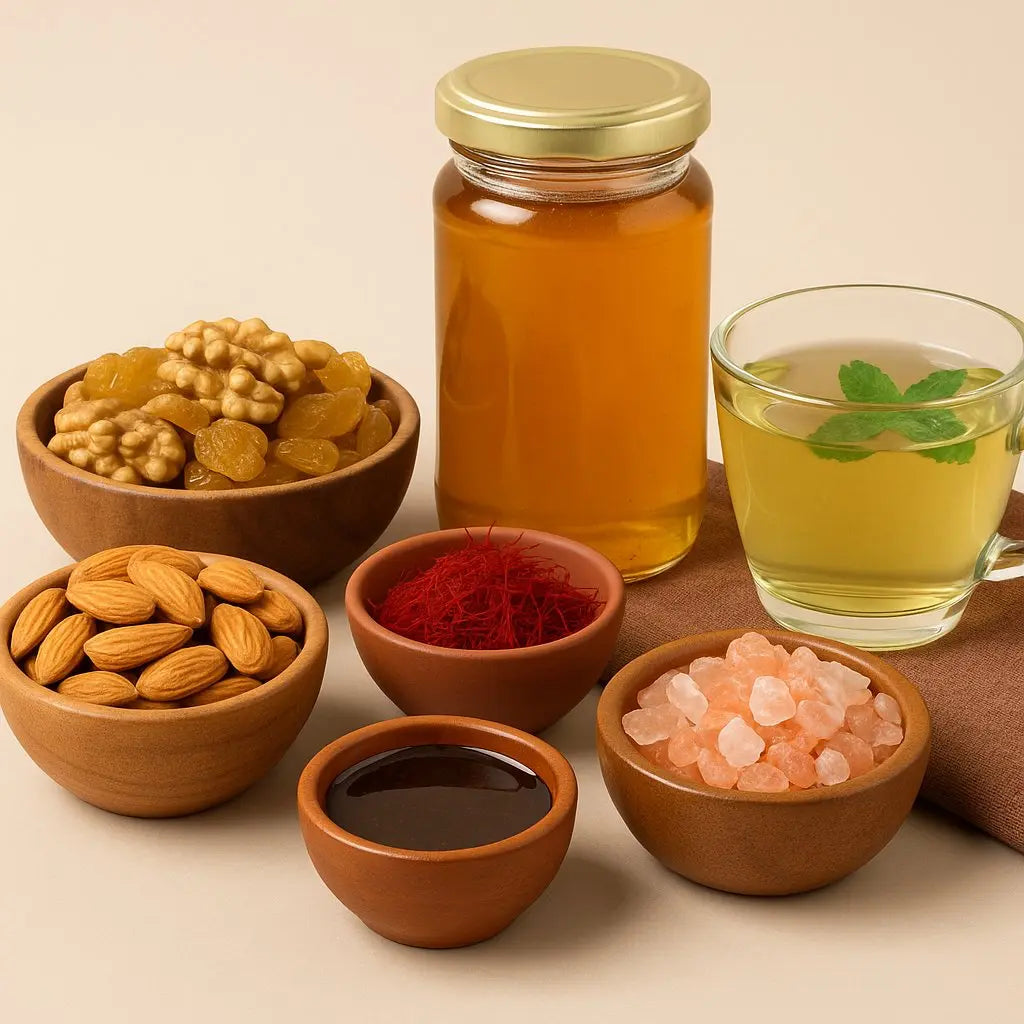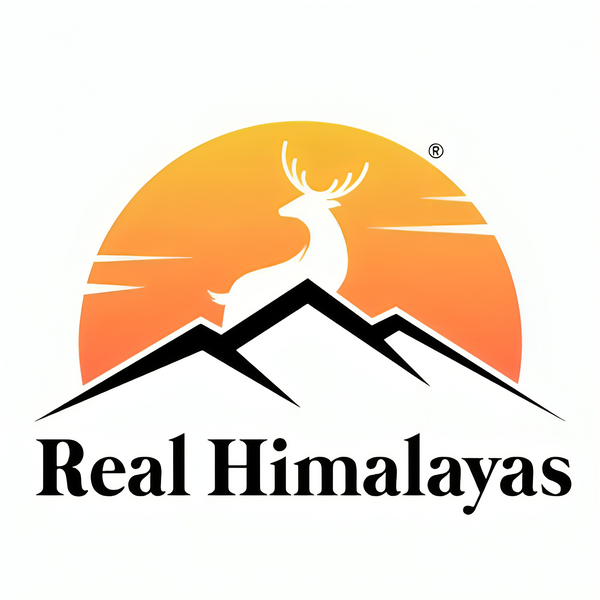
How to Identify Real Shilajit: A Complete Buyer’s Guide
Share
Introduction, How to Identify Real Shilajit
Shilajit, a rare Himalayan resin, has been used in Ayurveda for centuries. But with growing demand, fake and low-quality products flood the market. This guide will help you understand, how to identify real shilajit. Truely real, pure, authentic shilajit while avoiding scams.
Why Authenticity Matters
Fake shilajit may contain:
✔ Fillers (wax, tar, or glue)
✔ Heavy metals (lead, arsenic, mercury)
✔ No fulvic acid (the key active compound)
Authentic shilajit should be:
✅ Lab-tested for purity
✅ Rich in fulvic acid (50%+)
✅ Ethically sourced from high-altitude regions
6 Ways to Identify Real Shilajit
1. Check the Source (Himalayan Origin)
-
Real shilajit comes from:
-
Altitudes above 14,000 ft (Himalayas, Altai, Caucasus)
-
No artificial additives
-
-
Fake shilajit is often:
-
Made in labs with synthetic compounds
-
Sourced from unknown locations
-
🔍 Tip: Look for geographical certifications (e.g., "Sourced from Nepal/Gilgit-Baltistan").
2. Verify Lab Testing (Heavy Metals & Purity)
Always demand:
✔ Third-party lab reports (COA)
✔ Heavy metal testing (lead, arsenic, mercury)
✔ Fulvic acid percentage (minimum 50%)
🚨 Red Flag: No lab reports = high risk of contamination.
3. Texture & Solubility Test
| Authentic Shilajit | Fake Shilajit |
|---|---|
| Sticky, tar-like resin | Hard, dry, or powdery |
| Dissolves in warm water | Leaves residue/clumps |
| Semi-solid at room temp | Too liquid or rock-hard |
💧 Test: Drop a pea-sized amount in warm water—real shilajit dissolves completely.
4. Smell & Taste Check
-
Real Shilajit:
-
Smell: Earthy, mineral-rich
-
Taste: Bitter, slightly smoky
-
-
Fake Shilajit:
-
Smell: Chemical, plastic-like
-
Taste: Too sweet or tasteless
-
5. Packaging & Brand Transparency
Trustworthy brands provide:
✔ Batch-specific lab reports
✔ Clear ingredient list (only 100% shilajit)
✔ Sustainable harvesting info
🚫 Avoid:
-
Products with "magical health claims" (FDA doesn’t approve shilajit for curing diseases)
-
Brands with no contact info or vague sourcing
6. Price vs. Quality
| Quality | Price Range (per 30g) |
|---|---|
| Premium (Lab-Tested, 60%+ Fulvic Acid) | $15–$30 |
| Mid-Grade (Some Testing, 40-50% Fulvic Acid) | $10–$12 |
| Low-Quality (No Testing, Fillers) | Under $10 |
💡 Rule: If it’s too cheap, it’s likely fake.
Where to Buy Authentic Shilajit
Trusted Sources:
-
Certified Ayurvedic sellers (e.g., Chuga, Real Himalayas)
-
Brands with FDA Certification
-
Direct from Himalayan suppliers (look for Himalayas/Nepalese/Gilgit-based companies)
Red Flags in Sellers:
❌ No lab reports
❌ "Miracle cure" marketing
❌ Unverified Amazon/eBay sellers
Final Checklist Before Buying
Before purchasing, ask:
✔ Is there a Certificate of Analysis (COA)?
✔ What’s the fulvic acid %? (50%+ ideal)
✔ Where is it sourced from? (Himalayas preferred)
✔ Does it dissolve properly?
✔ Is the brand transparent about testing?
Conclusion
Choosing real shilajit requires checking:
🔬 Lab reports
🗻 Himalayan origin
💧 Texture & solubility
💰 Fair pricing
By following this guide, you’ll avoid scams and get pure, potent shilajit with real benefits.
Need verified shilajit? Explore our lab-tested Himalayan shilajit resin here.


1 comment
Hallo, versenden sie nach Deutschland ?